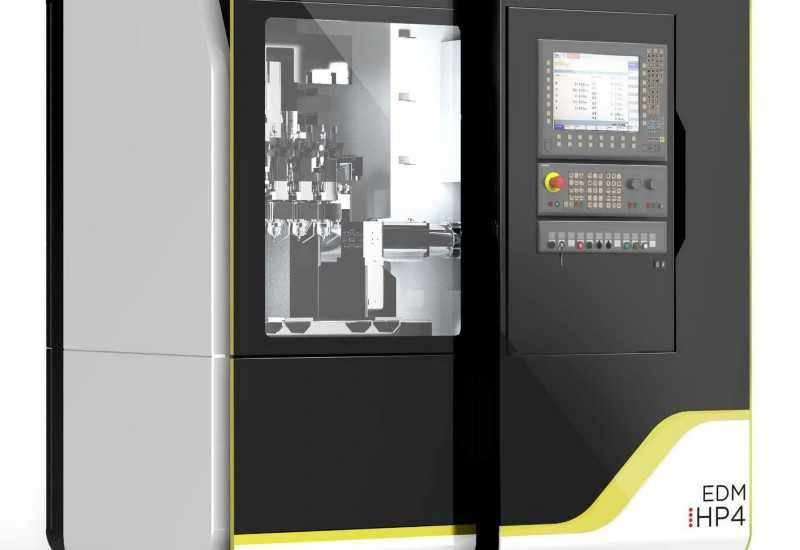The Impact of Tool Path Planning on Parts Processing Accuracy and Efficiency of 5-Axis CNC Machine Tools
Introduction
Tool path planning plays a crucial role in the accuracy and efficiency of parts processing on 5-axis CNC machine tools. The tool path determines how the cutting tool moves over the surface of the workpiece, directly affecting the quality of the machined parts. It involves optimizing the cutting path, minimizing machining time, reducing tool wear, and ensuring dimensional accuracy. In this article, we will explore the impact of tool path planning on parts processing accuracy and efficiency in the context of 5-axis CNC machine tools.
Improved Surface Finish
One of the main benefits of effective tool path planning is improved surface finish. By carefully optimizing the tool path, the cutting tool can move smoothly across the workpiece, minimizing tool marks, chatter, and other surface defects. With 5-axis CNC machine tools, it becomes possible to employ complex tool paths that can follow the part’s curved surfaces more accurately, resulting in better surface finish. This is especially critical for industries such as aerospace and medical, where high-quality surface finishes are necessary.
Reduced Machining Time
Efficient tool path planning can significantly reduce machining time, leading to improved productivity and cost savings. By optimizing the cutting path, unnecessary tool movements can be eliminated, reducing non-cutting time. Additionally, the tool can maintain a consistent chip load and avoid excessive retraction or repositioning, resulting in faster material removal. These time savings accumulate over multiple parts, allowing manufacturers to increase throughput without compromising on quality.
Enhanced Tool Life
Tool path planning also has a direct impact on tool life. Properly planned tool paths can distribute the cutting forces more evenly, reducing tool wear and extending the lifespan of cutting tools. By avoiding sudden changes in direction or excessive engagement, the cutting tool experiences less stress and heat, leading to lower tool degradation. Additionally, by using optimal cutting strategies such as adaptive feed control and chip thinning, the load on the tool can be optimized, further enhancing tool life.
Conclusion
In conclusion, tool path planning is a critical aspect of parts processing on 5-axis CNC machine tools. It directly affects the quality of the machined parts by improving surface finish, reducing machining time, and enhancing tool life. With careful optimization of the tool path, manufacturers can achieve higher productivity, cost savings, and improved dimensional accuracy. As technology continues to advance, further developments in tool path planning algorithms and strategies will undoubtedly contribute to even greater efficiency and precision in the field of CNC machining.
.webp)


